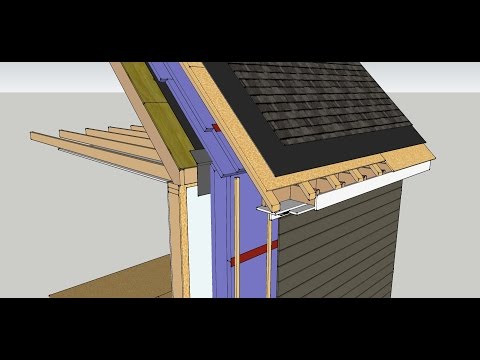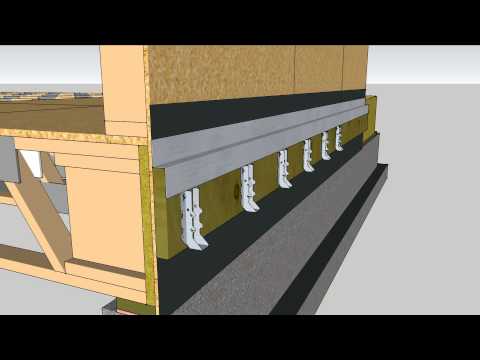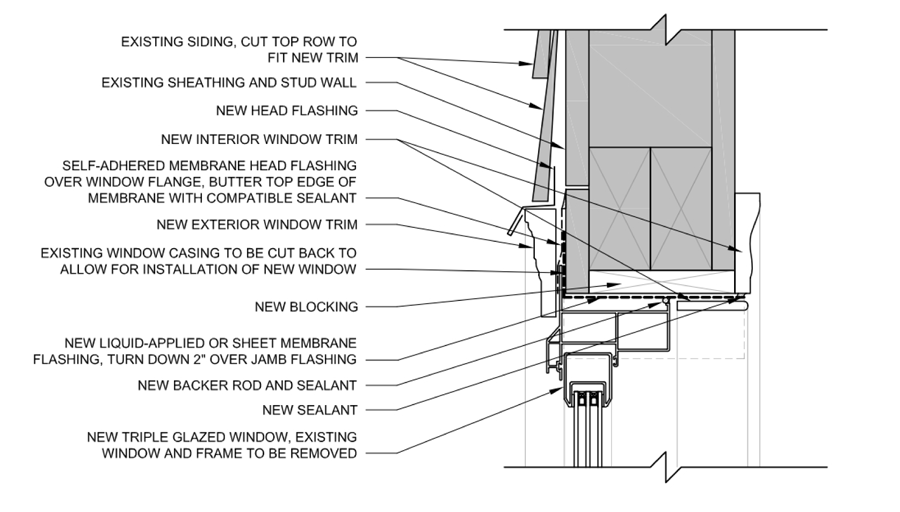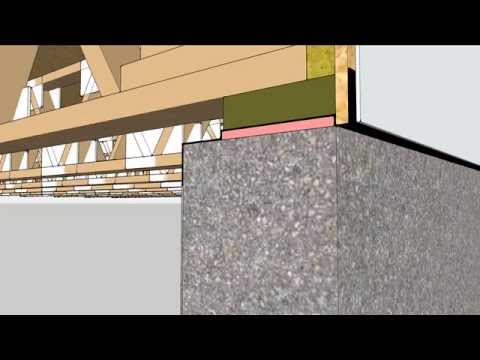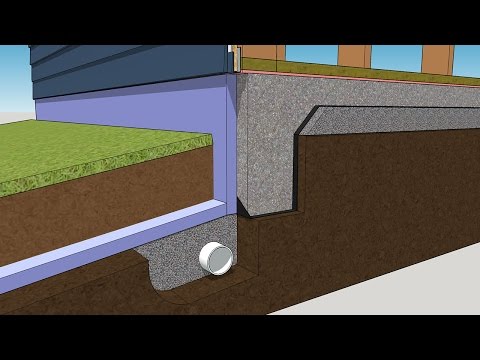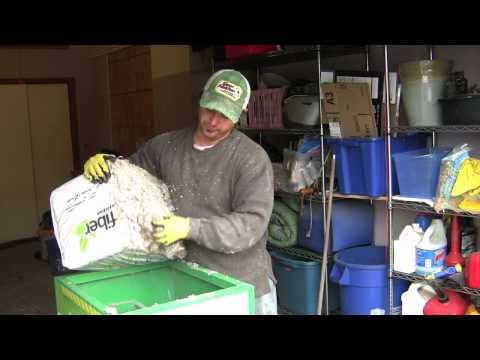Retiling a tub surround is a common remodeling project because tubs have a track record for quitting early
Cement tile backer is crumbly, porous, heavy, and dusty to cut. It is also affordable, durable, and extremely common. Here's how to make sure your installation keeps water out of the walls and in the tub.
If the surround includes an exterior wall, it is critical to insulate and air seal because bathtubs can amount to pretty big holes in the air barrier.
One way to do it is to pack the wall cavity with rigid insulation or spray foam. But there are lots of options.
Step by step:
- A row of blocking between the studs acts as backing for the cement board and to makes a base for flashing the tub into the wall.
- Begin flashing with vertical corner strips of peel and stick membrane … and then fill in the back and sides peeling and sticking the membrane to the blocking and tub flange.
- #30 Felt paper or house wrap is a fail-safe drainage plane for behind the backer board. Make sure to overlap the felt to direct water into the tub, not into the wall.
- Next, install the cement board paying attention to the fastening schedule, and keeping the bottom at least a half-inch off the tub deck to prevent wicking.
- Tape the seams to prevent tile pops and feather the mesh tape with a wide layer of thinset being careful not to create a hump.
- For added assurance, add a layer of pain-on waterproofing membrane before applying the tile.
- Corners are a common leak spot, so use silicone caulk and backer rod instead of grout.
- And leave gaps in the caulk the bottom of the tile, providing weep spaces for any leaks to drain into the tub, and down the drain.
This animated construction sequence is one part of a collection on tub and shower tile waterproofing videos.
<code>
2012 IRC: SECTION R702 INTERIOR COVERING
</code>
Source:
- BASC's Resource Guide: Walls Behind Showers and Tubs

